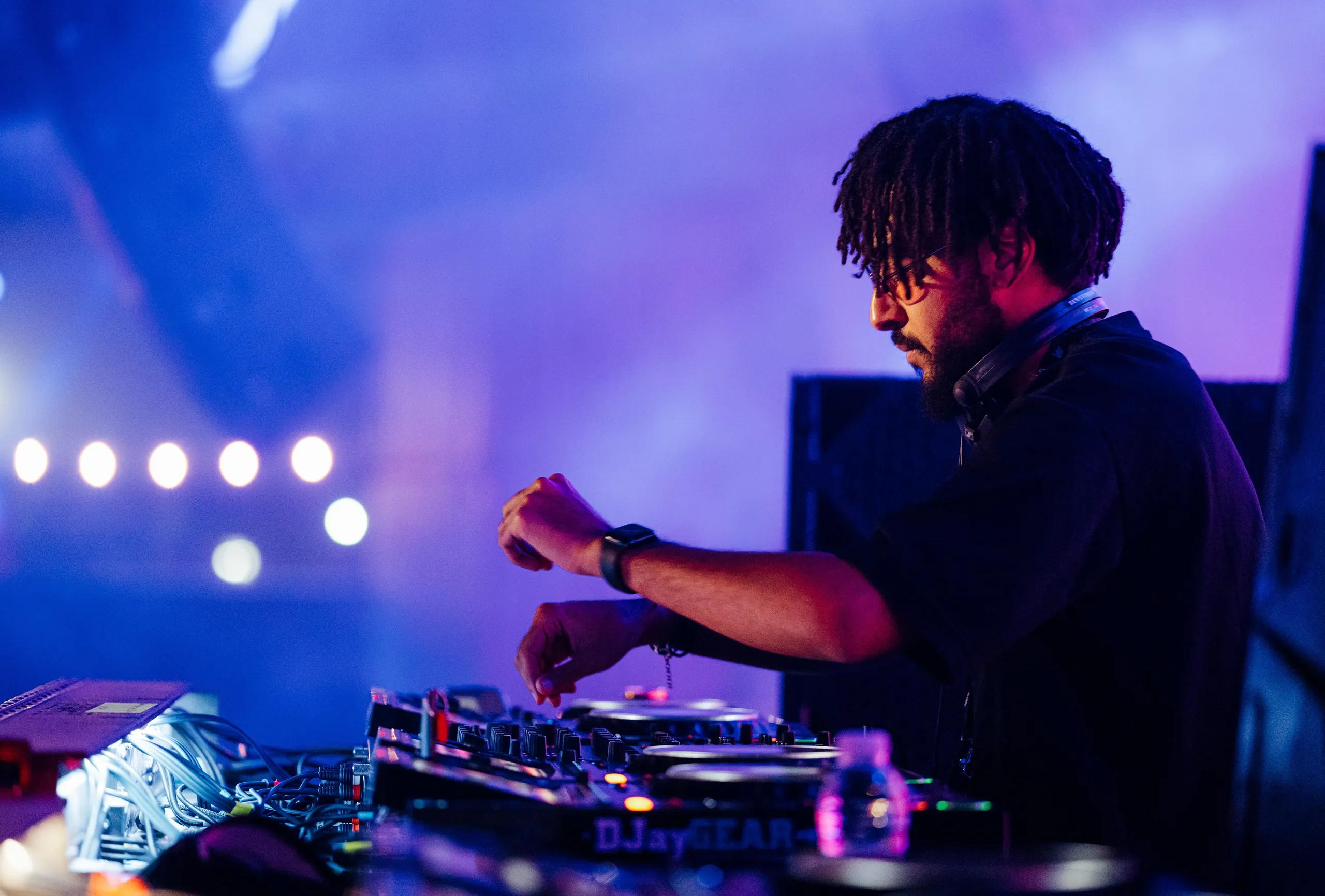
Music art is the seamless integration of auditory beauty and visual creativity, offering a multidimensional experience that transcends the traditional boundaries of both music and visual art. While music is often considered a purely auditory art form, when combined with visual elements, it becomes something greater—a sensory experience that engages multiple senses simultaneously. The result is a rich, immersive experience that can communicate deep emotions, concepts, and stories in ways that neither medium alone can achieve.
The Intersection of Music and Art
For centuries, music and visual art have shared a symbiotic relationship, influencing and inspiring one another. Classical composers often collaborated with painters and sculptors to enhance their work, whether by designing album covers or creating sets for performances. In more modern times, the fusion of music and art has become more prevalent through music videos, album art, live performances, and multimedia installations, where visual aesthetics play an equally important role in expressing the artist’s intent.
Music art is not just about the combination of sound and visuals; it is an evolving form of expression that redefines how we experience both disciplines. Through collaborations with digital media, graphic design, and interactive technology, artists are expanding the boundaries of how music and visual art converge, creating entirely new forms of art that captivate and engage audiences in unprecedented ways.
Music Art in Album Covers and Visual Identity
One of the most prominent ways that music art has manifested itself is through album covers. These covers are not merely promotional tools but are often considered works of art in their own right. Iconic examples like Pink Floyd’s The Dark Side of the Moon or The Beatles’ Sgt. Pepper’s Lonely Hearts Club Band feature visually stunning imagery that resonates with the themes of the albums themselves.
Album covers often serve as the visual gateway to the world of an artist’s music, setting the tone and providing the viewer with a visual representation of the emotions, concepts, and stories explored within the music. The merging of album design with music art has given rise to a unique genre where graphic design and artistic expression play an essential role in the narrative of an album.
Music Art in Music Videos
With the rise of music videos in the 1980s, music art took on a whole new dimension. Music videos are an opportunity for artists to translate the energy, rhythm, and meaning of a song into a visual form that amplifies the emotional impact of the music. Directors like David Fincher, Spike Jonze, and Michel Gondry have turned music videos into visual masterpieces that blend creative storytelling with cutting-edge visual effects.
In music videos, music art takes on the role of a narrative tool, interpreting the song’s themes, enhancing its message, and adding layers of meaning. This visual interpretation of music can amplify its emotional content, whether through surreal visuals, powerful imagery, or innovative animation. The music video for Michael Jackson’s “Thriller” is a prime example of how music art can revolutionize the way a song is experienced, transforming a simple performance into an unforgettable cinematic experience.
Live Performances: A Dynamic Fusion of Music Art
In live performances, music art is brought to life in real-time, combining the auditory experience of the performance with visual elements such as lighting, stage design, and choreography. Modern concerts, especially those by pop stars like Beyoncé, Lady Gaga, and Kanye West, often incorporate high-tech visuals and interactive art to engage the audience and create an immersive experience. Massive projections, innovative lighting techniques, and artistic stage designs transform the concert arena into a living, breathing canvas where music art unfolds before the audience’s eyes.
Through these dynamic performances, music art evolves into a multi-sensory experience that involves the audience in the creation of the art. The interplay between sound and visuals is carefully crafted to enhance the message or themes of the music, blurring the lines between auditory and visual experiences.
Digital and Interactive Music Art
With the advent of digital technologies, music art has taken on new forms. Interactive installations and digital art have become common, allowing audiences to engage with the music in real-time. Artists now use virtual reality (VR), augmented reality (AR), and interactive software to create art that responds to the music and the viewer’s movements or actions. These installations allow for a deeper connection between the viewer and the art, making them participants in the artistic process.
One such example is the use of generative art in combination with music. Digital artists are now using algorithms to create visual art that evolves and changes based on the rhythm, tempo, and tone of a piece of music. This creates a unique visual experience that is deeply tied to the music itself, making it a new form of music art that integrates technology, art, and sound in unprecedented ways.
The Influence of Music Art on Pop Culture
Music art has a profound influence on pop culture, shaping trends and setting new standards for visual aesthetics in the industry. The collaboration between visual artists and musicians has given rise to a new era of creative expression, where both music and visual art constantly inspire one another.
From the psychedelic album covers of the 1960s to the cutting-edge visual effects in contemporary pop music videos, the interplay between music and art has shaped the visual language of modern culture. Artists like Andy Warhol, who created iconic album covers for The Velvet Underground, demonstrated that music art is not just an aesthetic addition to music, but an integral part of the artistic experience.
The blending of these two mediums has also played a key role in shaping fashion, graphic design, and visual art outside of the music industry. The art world is continuously influenced by music art trends, with musicians and visual artists collaborating to create new waves of visual culture.
The Future of Music Art
As technology continues to evolve, the possibilities for music art are limitless. Virtual and augmented reality, artificial intelligence, and holographic technology will continue to shape the way we experience music art. The future may hold entirely new forms of interactive performances, where audiences can manipulate both the sound and visuals of a performance in real-time, creating a fully immersive, personalized experience.
Moreover, the integration of AI in the creation of music art could allow for dynamic compositions that evolve with the audience’s reactions, pushing the boundaries of both music and visual art. As artists continue to experiment with these new tools, the fusion of music art will undoubtedly lead to even more innovative and boundary-pushing works.
Conclusion
Music art represents the exciting intersection of sound, creativity, and visual aesthetics. Whether through album covers, music videos, live performances, or interactive installations, the combination of music and visual art continues to captivate and inspire. It is a powerful form of expression that adds layers of meaning to the auditory experience, transforming music into a multidimensional work of art. As technology continues to evolve, music art will remain a dynamic and essential part of both the art and music worlds, enriching our cultural landscape in ways we have yet to fully imagine.
